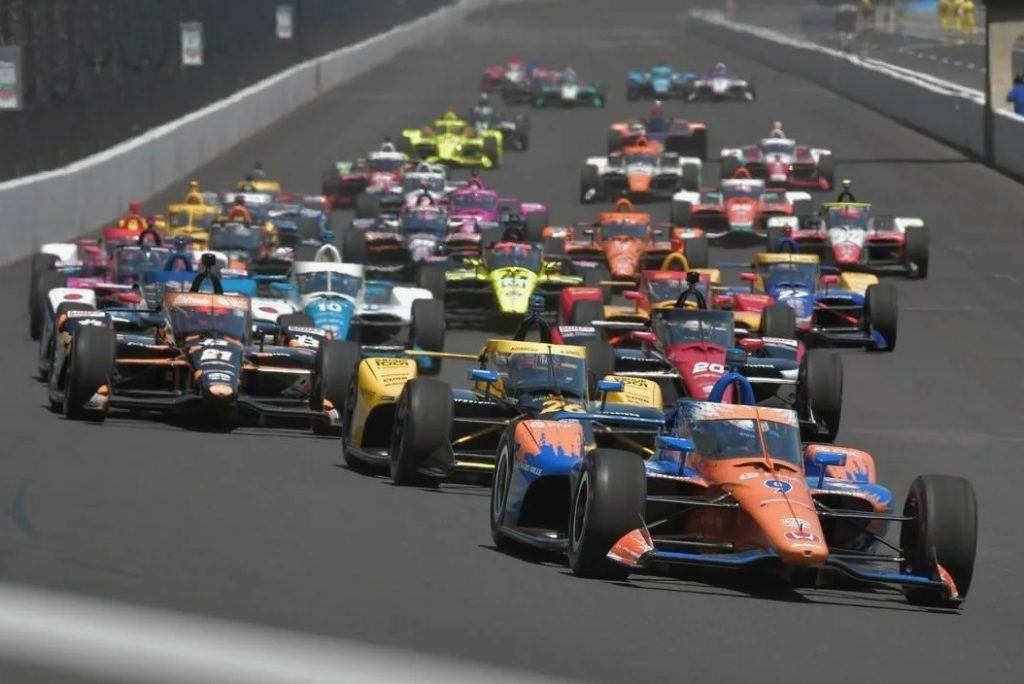IndyCar Series: Unique Aspects of Racing Events
The IndyCar Series is a premier level of American open-wheel racing that captivates motorsport enthusiasts worldwide. Known for its thrilling races and diverse circuits, the IndyCar Series showcases a blend of speed, strategy, and driver skill. This article delves into the unique aspects of IndyCar races, highlighting what sets them apart from other racing series.
Diverse Racing Circuits
Ovals, Road Courses, and Street Circuits
One of the most distinctive features of the IndyCar Series is its variety of racing circuits, including:
- Ovals. High-speed, banked tracks like the iconic Indianapolis Motor Speedway, home of the Indianapolis 500, the crown jewel of IndyCar racing.
- Road Courses. Traditional racing circuits with a mix of straightaways and complex turns, such as Road America and the Circuit of the Americas.
- Street Circuits. Temporary urban tracks set up on city streets, offering unique challenges and spectacular scenery, such as the Grand Prix of Long Beach and the Streets of St. Petersburg.
High-Speed Overtaking and Drafting
Slipstreaming and Passing
IndyCar races are known for their high-speed overtaking maneuvers, especially on oval tracks where drafting (slipstreaming) plays a crucial role. Drivers often use the aerodynamic tow from the car ahead to gain speed and execute passes at speeds exceeding 220 mph.
Open Cockpit and Aeroscreen
Safety Innovations
IndyCar cars are characterized by their open-cockpit design, which traditionally exposed drivers to more risks. However, the introduction of the aeroscreen—a protective canopy made of polycarbonate—has significantly enhanced driver safety by shielding them from debris while maintaining the open-cockpit experience.
Spec Chassis and Engine Competition
Technical Specifications
IndyCar utilizes a spec chassis supplied by Dallara, ensuring a level playing field among teams. However, engine competition between manufacturers such as Honda and Chevrolet adds an exciting dynamic to the series. Teams can choose between these engines, each with distinct performance characteristics, contributing to strategic diversity.
Pit Stops and Strategy
Tire and Fuel Management
Pit stops in IndyCar are a critical component of race strategy. Teams must efficiently manage tire changes and refueling, often making split-second decisions that can determine the race outcome. The choice of tire compounds (primary and alternate) and fuel strategy significantly influence race tactics and driver performance.
Race Formats and Points System
Varied Race Lengths and Formats
IndyCar races vary in length and format, from the grueling 500-mile endurance race at Indianapolis to shorter, more intense street circuit events. The points system rewards consistency and performance, with points awarded based on finishing positions and additional points for pole positions and most laps led.
Fan Engagement and Accessibility
Interactive Fan Experience
IndyCar places a strong emphasis on fan engagement, offering interactive experiences such as autograph sessions, paddock access, and digital content. The series’ commitment to accessibility allows fans to connect with drivers and teams, enhancing the overall appeal of the sport.
Conclusion
The IndyCar Series stands out in the world of motorsports due to its diverse circuits, high-speed racing, innovative safety measures, and strategic depth. From the historic Indianapolis 500 to the exciting street circuits, IndyCar offers a unique and thrilling experience for both drivers and fans. The combination of technical challenges, driver skill, and fan interaction makes IndyCar racing a captivating spectacle that continues to grow in popularity worldwide.

